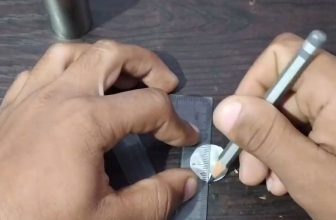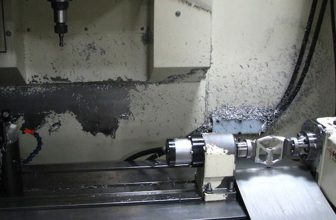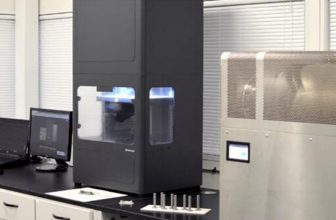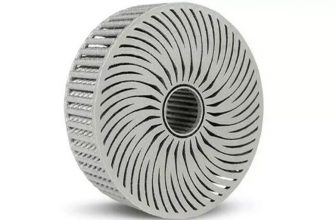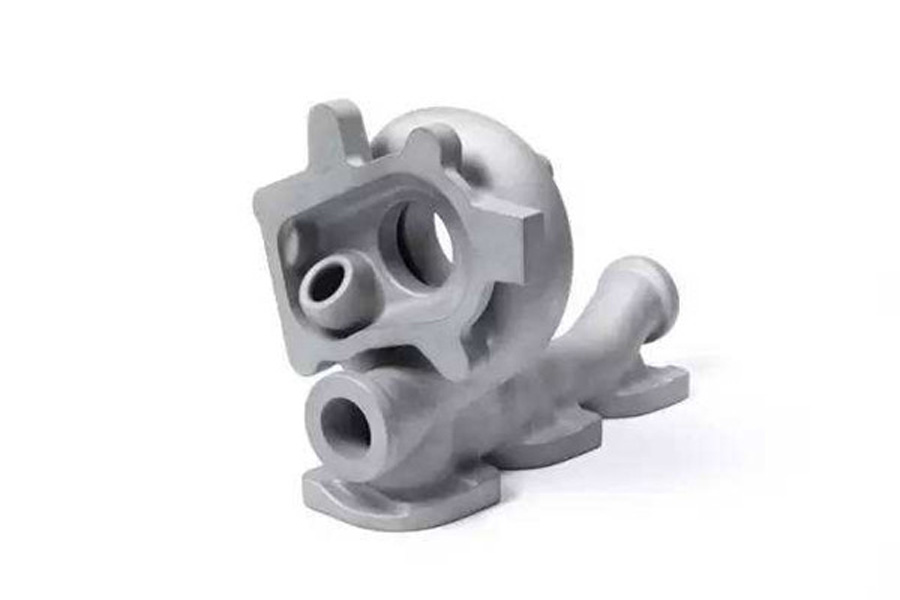
Since the rise of 3D printing technology in the 1980s, various printing technologies have sprung up and are now widely used in various fields, including industry, aerospace, military, medical, etc. There are many industrial industries. In order to meet the needs of different industries, there are more and more applications of 3D printing, especially in the automotive industry. There have been many different 3D printing technologies.
However, the application of 3D printing in automobiles is currently mainly focused on research and development, and there is no application in mass-produced automobiles. The reason is that, on the one hand, the production of auto parts is currently dominated by molds, because in terms of mass production, the cost of a single part of the mold is lower and the molding efficiency is higher. On the other hand, there is still a gap between the performance of 3D printing materials and what people require.
At present, the application examples of 3D printing in automobile R&D and production mainly include design data matching verification, part modeling display, prototype car loading, tool fixtures, metal inserts, and functional tests. Corresponding 3D printing technologies include SLA, SLS, MJF, FDM, SLM, Polyjet, sand printer, etc.
The reason why so many technologies are produced is because different technologies always produce different advantages and disadvantages. So far, no one technology can be achieved in one step. To give a few examples, from the perspective of molding size, SLA, FDM, and sand printers can print large parts, while SLM can only print small parts; from the perspective of the surface quality of parts, SLA is higher, SLS and SLM are lower, and sand is lower. Printers are the worst; from the perspective of impact resistance of molded parts, SLS and SLM are higher, while SLA is lower; from the point of view of bonding performance, FDM and sand printers are better, but SLA is worse. See the table above for details. These properties are mainly related to the materials used in different 3D printing technologies. As SLA uses plastic materials such as photosensitive resin, it is still not ideal in terms of impact resistance and high temperature resistance.
SLA technology is currently not ideal for impact resistance and high temperature resistance, but it is an indispensable technology for rapid prototyping and printing of samples.


